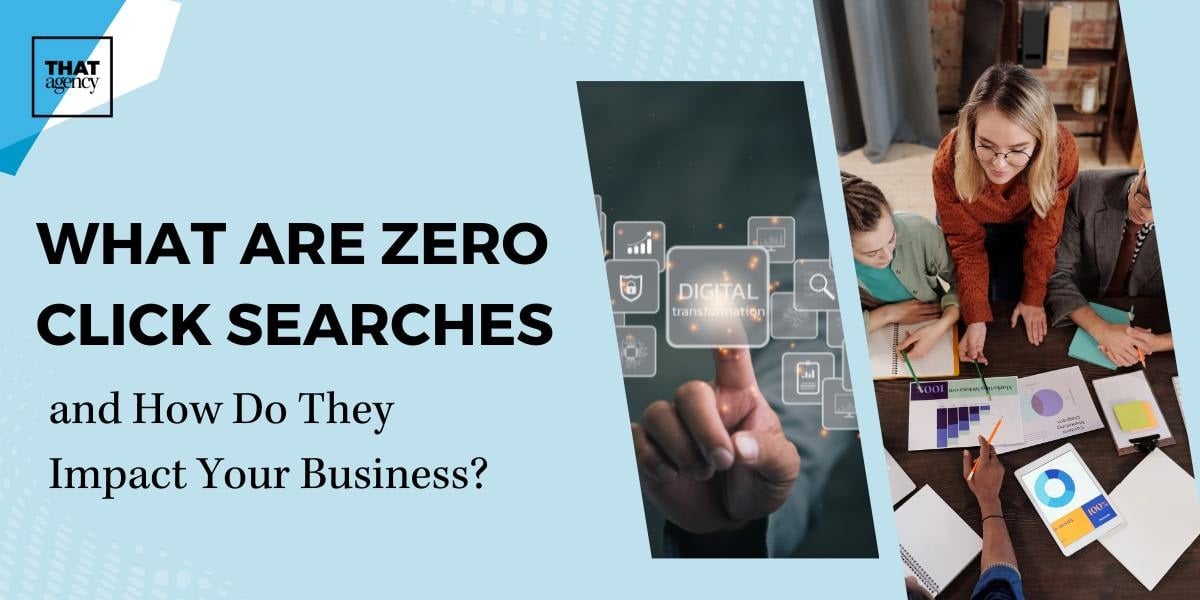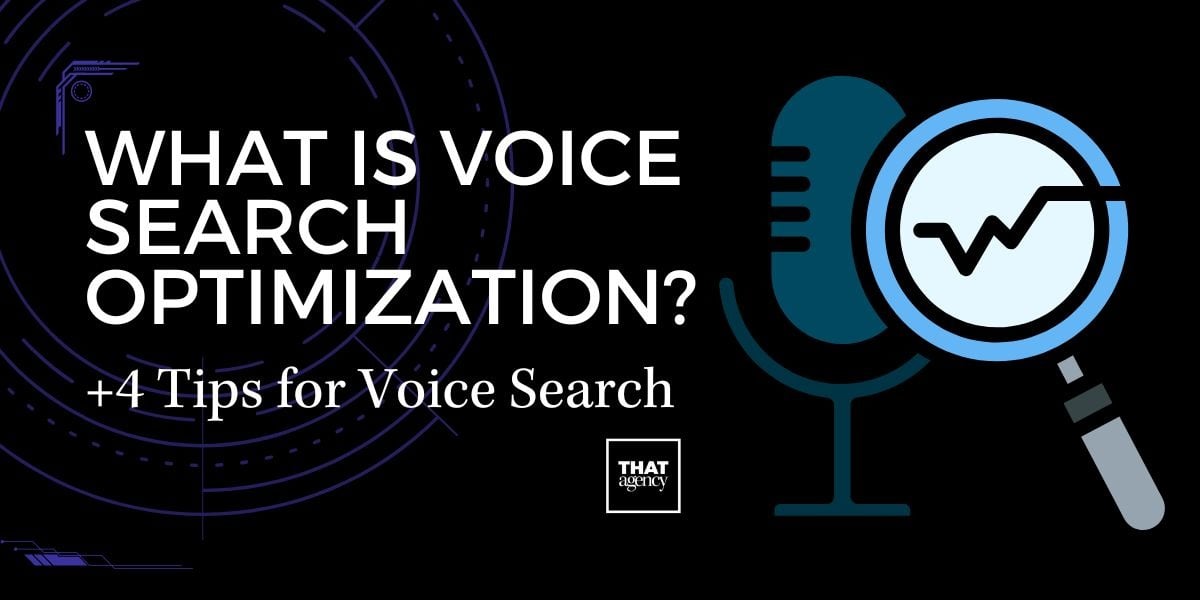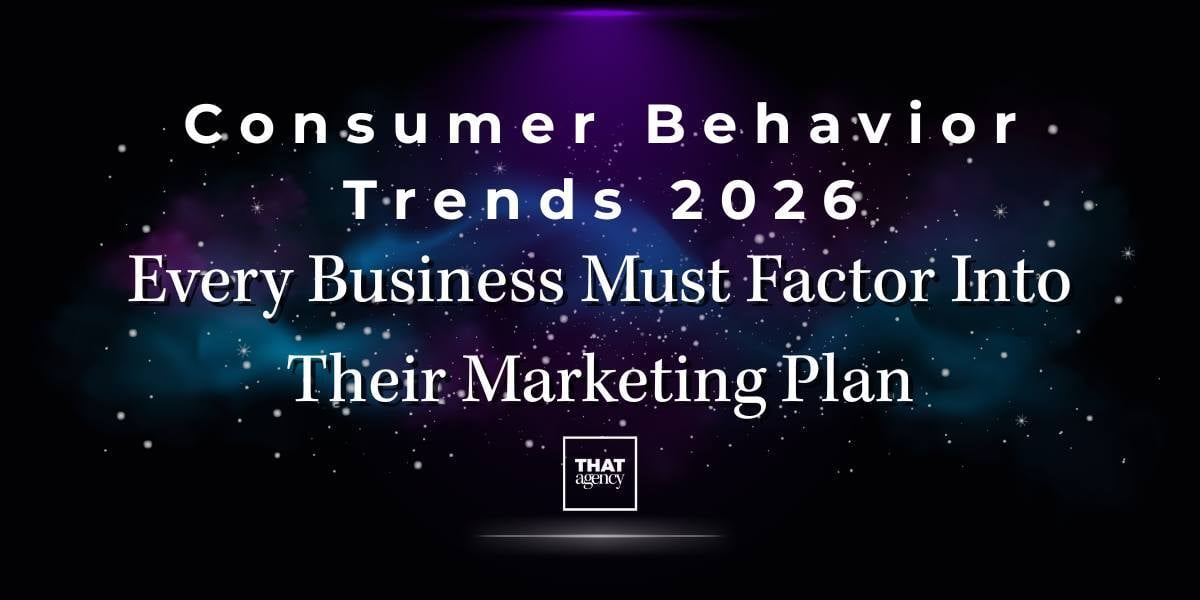Inbound marketing pulls customers to you; they’re attracted by the value you promise to deliver, and won over by the value you deliver on. This comprehensive approach helps you turn your website, social channels, and blog into an always-on lead-generating machine fueled by relevant, timely content. But many brands jump right into the deep end without investing in a content strategy. Without a clear roadmap, they risk producing scattered content that lacks consistency, doesn’t reflect business goals, and fails to guide prospects through the buyer’s journey.
Think about it like this: would you go fishing without the right bait? Build a house without blueprints? No! It is the same when utilizing content marketing for goal completion. Without a strategy, any success you achieve is accidental, and unrepeatable. With it, though… watch out, competition. A well-defined content strategy helps ensure you’re building assets that align with your goals, reach your intended audience, and provide long-term value across multiple platforms and campaigns.
One of the first steps is determining which KPIs (key performance indicators) you need to track in order to determine if you are spending your time and resources in the places where it will bear the most fruit. These indicators help you separate performance from guesswork, giving you actionable insights into what’s working—and what needs refinement.
Content Marketing for Goal Completion
Creating content without a clear purpose is like pouring money down the drain. If you’re publishing blog posts, videos, or social media updates just to “stay active” or “keep up,” but you don’t have a plan behind it, you’re probably wasting time and budget. That doesn’t mean content isn’t valuable, quite the opposite. Great content can help you attract new visitors, earn trust, and grow your business. But only if it's tied to real goals and built on a solid strategy.
So what does “goal completion” mean in content marketing? It’s all about making sure every piece of content you create is working toward a specific result. That might be increasing traffic to your website, getting more people to fill out a contact form, booking more calls, or even driving direct sales. Your content should do more than just look nice, it should guide your audience to take action.
This is where strategy comes in. Before you hit publish, ask yourself:
- Who is this content for?
- What do I want them to do after they read or watch it?
- How will I measure if it worked?
This is why it’s so important to track your KPIs, or key performance indicators. KPIs are the numbers that show whether your content is helping you reach your goals. For example, if you want to grow your email list, a good KPI might be the number of sign-ups from a blog post. If you’re trying to boost sales, you might look at how many product page views turn into purchases. When you track the right KPIs, you’re no longer guessing, you’re making decisions based on data.
But it’s not enough to just collect data. You need to use it. That means checking your analytics regularly, looking for patterns, and making changes when something isn’t working. For instance, if your blog gets a lot of visitors but no one clicks your call-to-action, you might need a stronger headline or more compelling offer. If certain topics consistently perform well, that’s a sign you should create more content like it.
By monitoring performance and making small improvements over time, your content will get more effective, and more profitable. You’ll be able to spend your budget more wisely, focus your energy on what works, and stop wasting time on content that doesn't move the needle.
So which KPIs should you focus on? And how do you track them?
Some of the most useful KPIs for content marketing include:
- Page views (How many people are visiting your content?)
- Click-through rate (Are they clicking on your links or calls to action?)
- Conversion rate (Are they signing up, calling, buying, or taking another next step?)
- Time on page (Are they actually reading your content?)
- Bounce rate (Are they leaving your site too quickly?)
- Traffic sources (Where are your visitors coming from, Google, social media, email, etc.?)
You can find most of these numbers in tools like Google Analytics, HubSpot, or your website’s dashboard. Some platforms even let you set up specific “goals,” like completing a contact form or reaching a thank-you page, so you can see how well each piece of content contributes to those goals.
Content marketing should never be about just “creating content.” It should be about creating results. When every post, page, or video is designed to support a goal, and when you track and improve based on real data, you’ll start to see bigger returns, more engagement, and real growth.
16 KPIs to Keep a Sharp Eye On
When it comes to content marketing, publishing isn’t the finish line, it’s just the beginning. To make sure your content is actually helping your business grow, you need to track what’s working and what’s not. That’s where KPIs, key performance indicators, come in.
KPIs help you answer big questions like:
- Are people finding your content?
- Are they staying on your site and exploring?
- Are they taking the actions you want them to take?
According to a 2022 B2B study by the Content Marketing Institute, the KPIs that give brands the most insight are the ones that measure engagement, traffic, and conversions. Let’s walk through the 16 most important metrics you should keep an eye on, and how they help you build a content strategy that actually delivers results.
Engagement
In today’s fast-paced, scroll-happy world, getting someone’s attention is hard. Keeping it is even harder. Engagement metrics help you see whether your content is making a real connection, or falling flat.
Organic Traffic / Page Views
Think of this as your content’s first impression. How many people are seeing what you’ve created? Organic traffic measures how many visitors come to your site through unpaid channels, especially search engines like Google. If a blog post is getting a lot of page views, it probably ranks well for relevant keywords or is being shared across the web.
If traffic is low, it could mean your SEO needs work, or you’re not targeting topics people are actively searching for. High traffic is great, but it’s just the starting point.
Click-Through Rate (CTR)
This shows how many people clicked on a link, CTA, or button in your content. For example, if you have a blog post with a CTA that says “Download Our Free Guide,” CTR tells you how many readers actually clicked on it.
A low CTR might mean the call to action isn’t clear, or maybe the offer doesn’t feel valuable. You can improve this by writing stronger headlines, placing CTAs in better spots (like earlier in the post), or simply making the offer more appealing.
Time on Page
This metric tells you how long someone stays on a piece of content before leaving. A high number means people are reading or watching, which is what you want. If time on page is low—even when traffic is high, it’s a red flag.
Maybe the content isn’t delivering what the title promised. Maybe the formatting is hard to follow. Maybe it's just not engaging enough. Use this metric to find pages that need editing, better design, or more helpful information.
Pages per Session
This measures how many different pages a person visits during one visit to your site. If someone reads a blog post and then clicks to your services page or your contact form, that’s a good sign, they’re interested.
The more pages per session, the better. You can increase this by adding internal links, creating topic clusters, and guiding users to related resources. Think of your content as a path, not a dead end.
Bounce Rate
This is the percentage of people who land on a page and leave without clicking on anything else. A high bounce rate means people are leaving fast, and that’s not what you want.
Common causes include slow load times, confusing layouts, or content that doesn’t match the search intent. If someone Googles “How to get more leads from a website” and lands on a vague article about digital marketing in general, they’ll probably bounce. Make sure your content delivers exactly what the reader is looking for.
Comments
Are readers responding? Asking questions? Leaving feedback? Comments show that people are not just consuming your content but connecting with it. They’re a sign of engagement, trust, and even authority in your niche.
Plus, comments are a goldmine of content ideas. If someone asks a follow-up question, that could be your next blog post. If people are debating or sharing stories, that’s a strong indicator your content hit a nerve in a good way.
Brand Awareness
The more people know about your brand, the more likely they are to trust you, follow you, and eventually buy from you. These KPIs help you measure your visibility online and the reputation you’re building.
Search and Keyword Rankings
Are you showing up on page one of Google? If not, it’s going to be hard to compete. Ranking well for relevant keywords is one of the best ways to build brand visibility and drive organic traffic over time.
Track the keywords you want to rank for, and monitor how your position changes over time. Use that data to guide future content and SEO efforts. If a blog post is climbing the ranks, double down on that topic. If you’re falling, see what competitors are doing differently.
Backlinks
These are links from other websites that point to your content. Think of them as digital word-of-mouth. When a respected site links to your blog, Google sees it as a signal that your content is trustworthy, and that helps your rankings.
Strong backlinks also bring in qualified referral traffic. You can earn them by publishing original research, creating high-value resources, guest posting, or building relationships with industry publishers.
Referral Traffic
This shows how many people visit your site by clicking links on other websites. For example, if a guest post you wrote on a local news site includes a link back to your blog, referral traffic tracks how many people clicked it.
Look at which sites and types of content are sending you the most traffic. That tells you which partnerships or platforms are worth investing more time in.
Social Shares
When someone shares your content on Facebook, LinkedIn, or Twitter, they’re helping you expand your reach, and that’s a big deal. Social shares show that people not only like your content but think it’s worth recommending to others.
Track how many shares your content is getting and on which platforms. Are listicles doing better on Facebook? Are how-to guides getting traction on LinkedIn? Use that data to tailor content by channel and grow your following.
Conversion
This is where your content proves its value. It’s not just about views and clicks, it’s about what happens next. Conversion KPIs show how well your content turns readers into leads, customers, or clients.
Landing Page Conversion Rate
This tells you how effective your landing pages are. Are people signing up for your offer? Downloading your lead magnet? Booking a call?
You can boost conversion rates by keeping forms simple, using persuasive language, adding social proof (like testimonials), and removing distractions. Test different versions of your landing page to see what works best.
Return Visitors
First-time visitors are great. Returning visitors are better. If someone comes back to your site, it means they saw something they liked, and they’re giving you another shot to earn their trust or business.
Track how many visitors return after their first visit, and how frequently. If you see repeat traffic growing, that’s a strong sign your content is building loyalty and long-term interest.
Leads
How many people are signing up for your newsletter, requesting a quote, or filling out a contact form? That’s your lead count. But quantity isn’t everything. You also want to look at quality.
If you’re getting tons of signups but few conversions, you may be attracting the wrong audience. Focus on lead sources, intent, and whether leads are moving forward in your sales funnel.
Customer Acquisition Cost (CAC)
This is how much it costs you to gain a new customer. Add up your marketing expenses (content creation, tools, paid ads, etc.) and divide that by the number of customers acquired during that period.
If your CAC is too high, it could mean you’re overspending, under-converting, or not attracting the right audience. It’s a great metric for understanding whether your current strategy is sustainable.
Lifetime Value (LTV)
How much is one customer worth over the course of their relationship with you? If your content helps attract long-term clients or repeat buyers, that’s a huge advantage.
The higher your LTV, the more you can afford to invest in content marketing. Use this number to guide how much you're willing to spend on customer acquisition and retention strategies.
Return on Investment (ROI)
This is the big picture. Is your content actually paying off? To find your ROI, compare what you spent to what you earned. It can be tricky to measure directly, but over time, you’ll start to see patterns—like content that consistently leads to sales or campaigns that fall flat.
If your ROI is strong, keep going. If it’s weak, don’t panic. Adjust your strategy, test new ideas, and refine your content based on the data you’ve collected.
By tracking these 16 KPIs, you’ll have a clear view of how your content is performing—from first impressions to final conversions. It’s not about monitoring everything at once, but about focusing on the numbers that match your goals and using those insights to build a smarter, more effective content strategy over time.
When you measure what matters, you don’t just create content—you create results.
Track, Analyze, Compete, Win
It sounds like a lot to track. And it is. When you are utilizing content marketing for goal completion, it is essential that you know which KPIs to consider in order to stay the course, course correct, or get off that track altogether and forge a new one. Staying nimble in your content strategy, and revisiting your KPIs regularly, ensures you’re not only creating content but optimizing it for performance and purpose.
Don’t have time to map out a strategy, take endless measurements, and actually act on them? We’ve got you. Contact THAT Agency for end-to-end content marketing services that are custom-tailored to your brand’s needs and goals.

Editors Note: This content was updated for accuracy




.jpg)